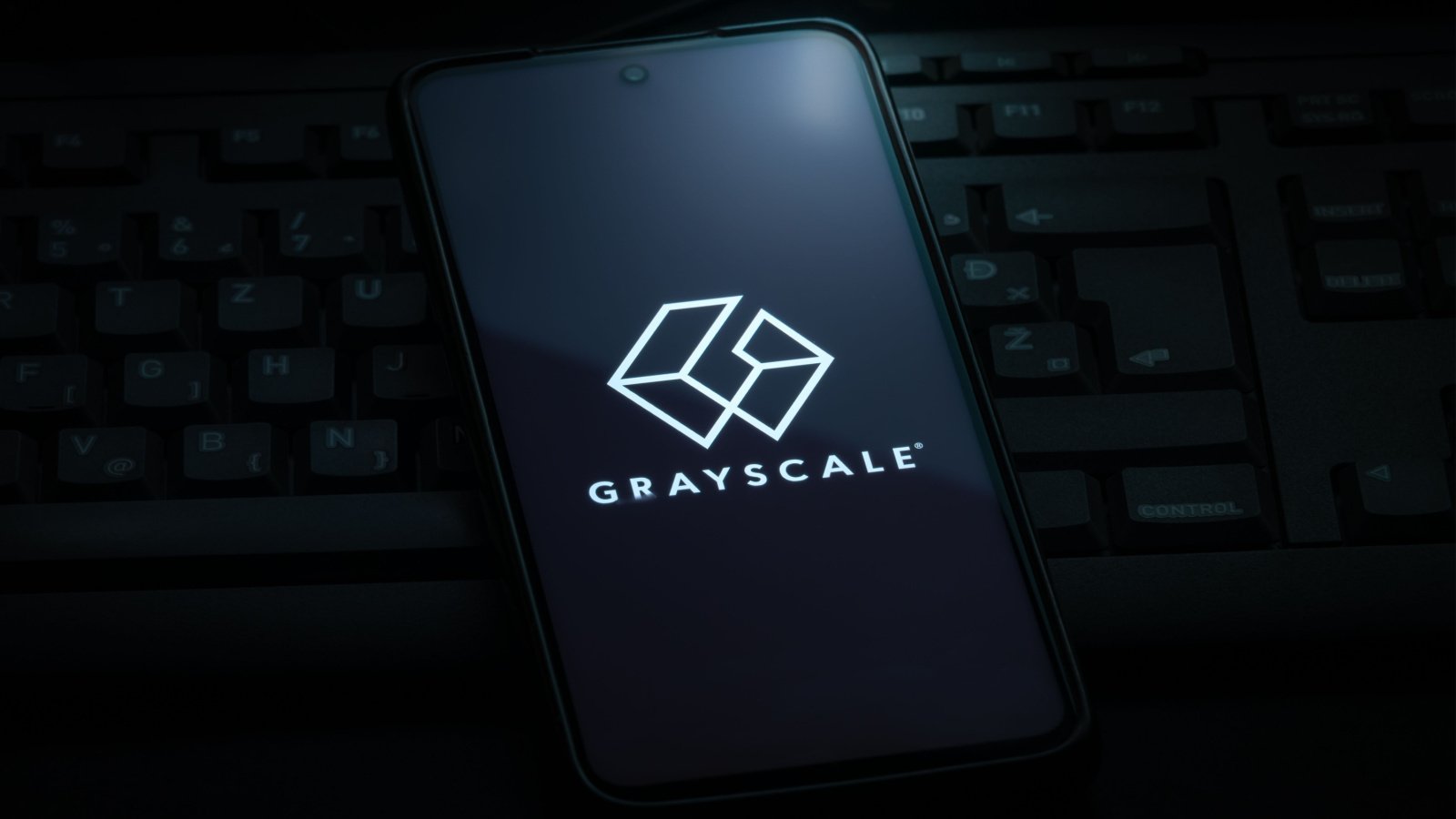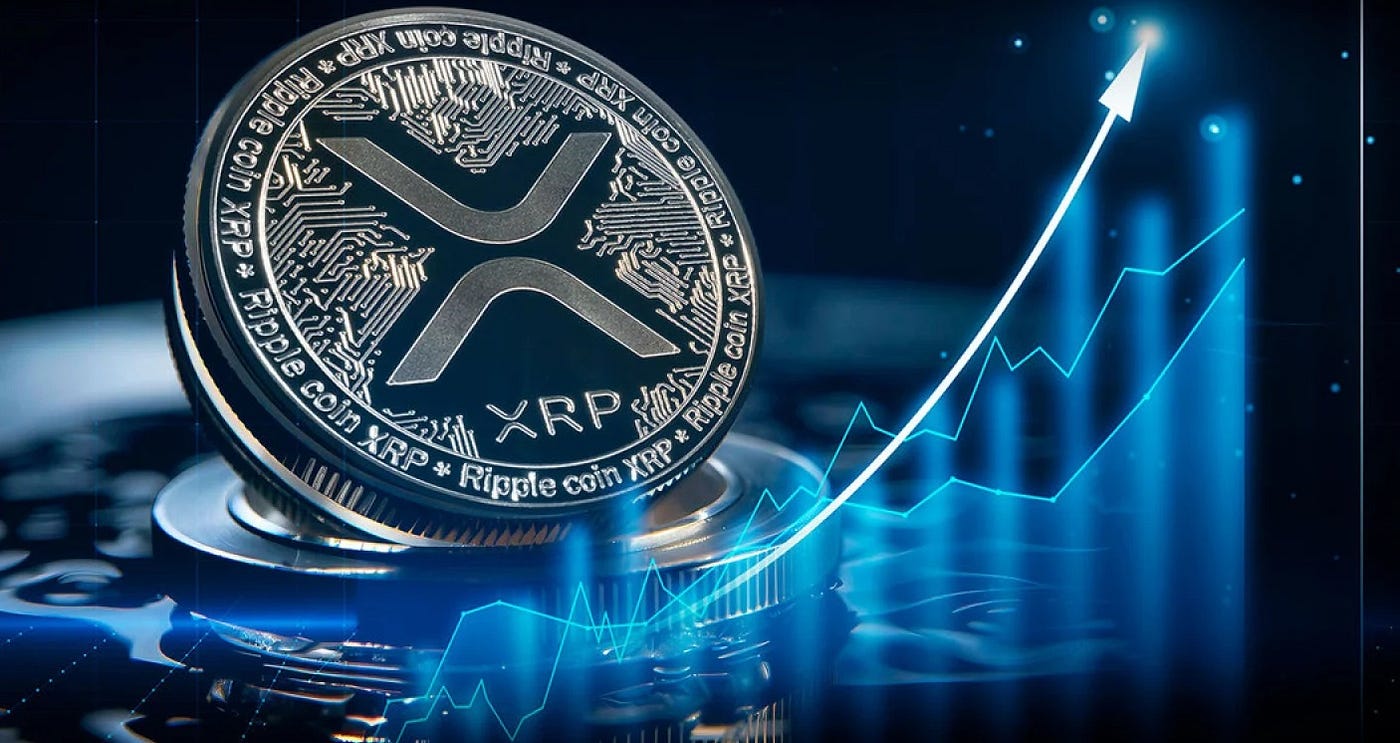Ripple is making waves with the launch of its new stablecoin, RLUSD, but it’s not exactly what many anticipated. Instead of targeting the average crypto enthusiast or retail investor, Ripple’s strategy seems to be geared towards a more exclusive audience. Here’s a closer look at Ripple’s intriguing approach and what it means for the broader crypto landscape.
Institutional Focus – Ripple’s Strategic Choice
In a surprising twist, Ripple CTO David Schwartz recently hinted that RLUSD might be reserved exclusively for institutional investors. In a tweet that set the crypto community abuzz, Schwartz stated, “It will probably only ever be available directly to institutions. Can you get USDC from Circle or USDT from Tether? Because I can’t.” This bold declaration signals a departure from the expected public launch and suggests Ripple’s intentions are far from conventional.
Ripple’s decision to focus on institutional investors reflects a broader trend in the stablecoin market, where access is increasingly being restricted to larger players. By keeping RLUSD out of the hands of retail investors, Ripple aims to sidestep the controversies and regulatory challenges that have plagued other stablecoins like Tether (USDT), which has faced criticism over alleged ties to money laundering and concerns about its stability.
Why the Restriction?
The question arises: why limit RLUSD to institutions? One likely reason is risk management. Retail investors are often more susceptible to market volatility and speculative swings, which could lead to instability or misuse of the stablecoin. By targeting institutional investors, Ripple can mitigate these risks and ensure a more controlled environment during the initial rollout phase.
Schwartz has addressed concerns about potential manipulation, assuring that these issues are not a significant worry during the testing phases. Ripple’s cautious approach underscores its commitment to stability and security, prioritizing these factors before any broader public release.
RLUSD’s Potential in DeFi
Currently, RLUSD is undergoing private beta testing on both the XRP Ledger and Ethereum mainnet. Ripple CEO Brad Garlinghouse has hinted at a possible public release in the near future, signaling that the company is ready to deepen its involvement in both institutional finance and the decentralized finance (DeFi) space.
Ripple’s RLUSD aims to enhance its payments infrastructure and bridge the gap between traditional finance and the rapidly evolving world of DeFi. With stablecoins playing a pivotal role in DeFi ecosystems, RLUSD is poised to boost liquidity and attract developers to the XRP Ledger. Backed by a mix of US dollar reserves, government bonds, and cash equivalents, Ripple has committed to monthly third-party audits to ensure transparency and build trust.
Looking ahead, Ripple has ambitious plans beyond RLUSD. By 2025, the company aims to introduce smart contracts to the XRP Ledger, further expanding its network’s capabilities and influence in the crypto world.
Schwartz’s comments on RLUSD being limited to institutions reflect ongoing uncertainties about Ripple’s final market strategy. While the institutional-only approach may reduce risks, it also restricts RLUSD’s potential user base. As Ripple continues to navigate its path, the crypto community remains eager to see whether RLUSD will eventually become accessible to retail users or stay within the exclusive realm of institutional investors.
For now, Ripple’s RLUSD represents a bold and strategic move that could reshape the stablecoin landscape, but only time will tell how it will ultimately impact the broader crypto market.
Disclaimer: The information in this article is for general purposes only and does not constitute financial advice. The author’s views are personal and may not reflect the views of Chain Affairs. Before making any investment decisions, you should always conduct your own research. Chain Affairs is not responsible for any financial losses.





